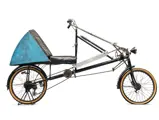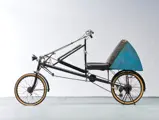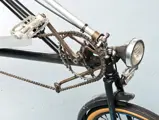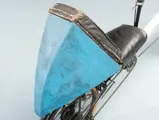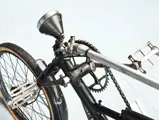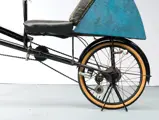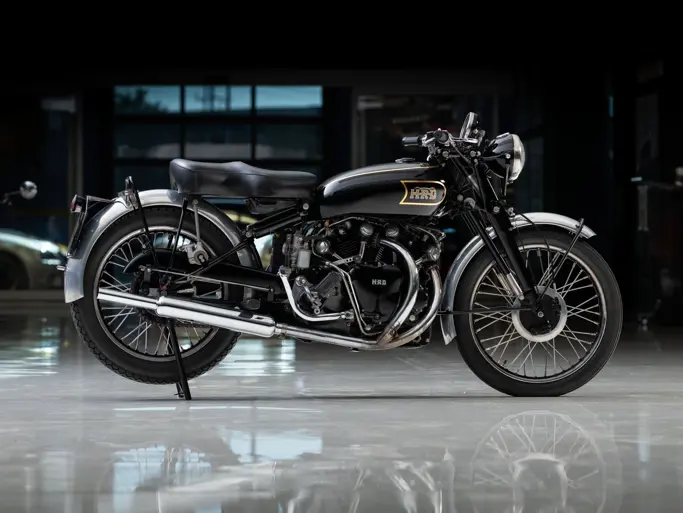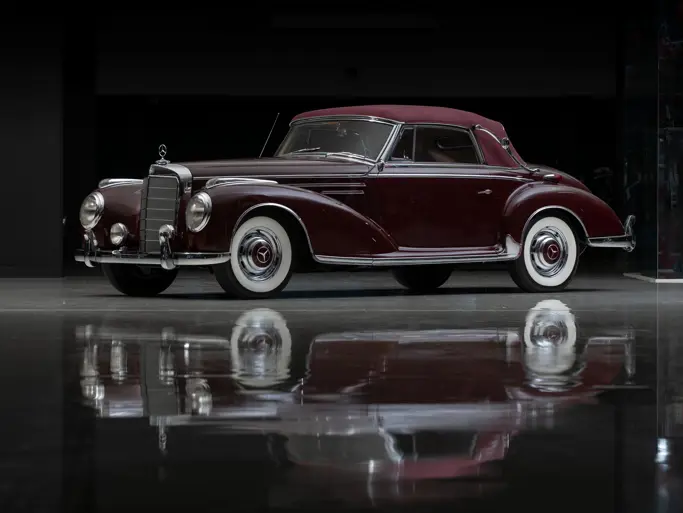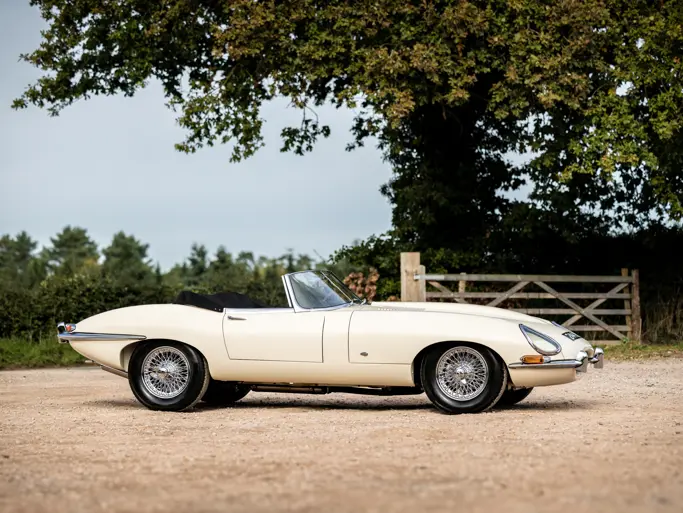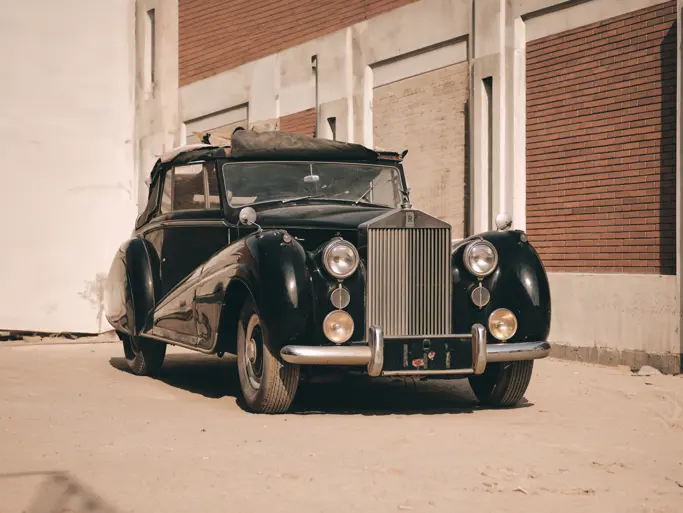The Bruce Weiner Microcar Museum
1953 Velo-Velocar
{{lr.item.text}}
$5,750 USD | Sold
 | Madison, Georgia
| Madison, Georgia
{{internetCurrentBid}}
{{internetTimeLeft}}

An early, ground-breaking recumbent bicycle.
SPECIFICATIONS
Manufacturer: Établissements Charles Mochet
Origin: Puteaux, France
Production: 6,000 (all types)
Length: 6 ft. 10 in.
Identification No. N/A
The four-wheeled, pedal-powered Velocar was designed to bridge the gap between cyclecar and bicycle. The Velocar was somewhat lighter than two bicycles while still offering the comfort of a bench seat. It was sociable, and one could rest while the other took turns pedaling. A remarkable discovery was that one could push on the pedals with considerably more force than a regular bicycle, as one could push against the backrest—a form of leverage—instead of simply relying on body weight.
Charles Mochet then decided to bridge the gap between Velocar and bicycle by simply splitting the Velocar in half, discarding the bodywork, and leaving the driver sitting comfortably in a horizontal position. The design, which worked amazingly well, resulted in a large number of speed records being broken. The two-wheeled Velo-Velocar (velo means bicycle), nowadays called a recumbent bicycle, was unbeatable. So much was this true that the Union Cycliste International barred “unconventional” bicycles from competing. An embittered Mochet blamed the manufacturers and governing bodies for conspiring against him. He died in 1934, leaving his son Georges to carry the flag, and he did very well until his recent passing. Today, recumbent bicycles have seen an enormous upsurge in popularity. This extremely rare example is of great significance to the bicycle historian.

